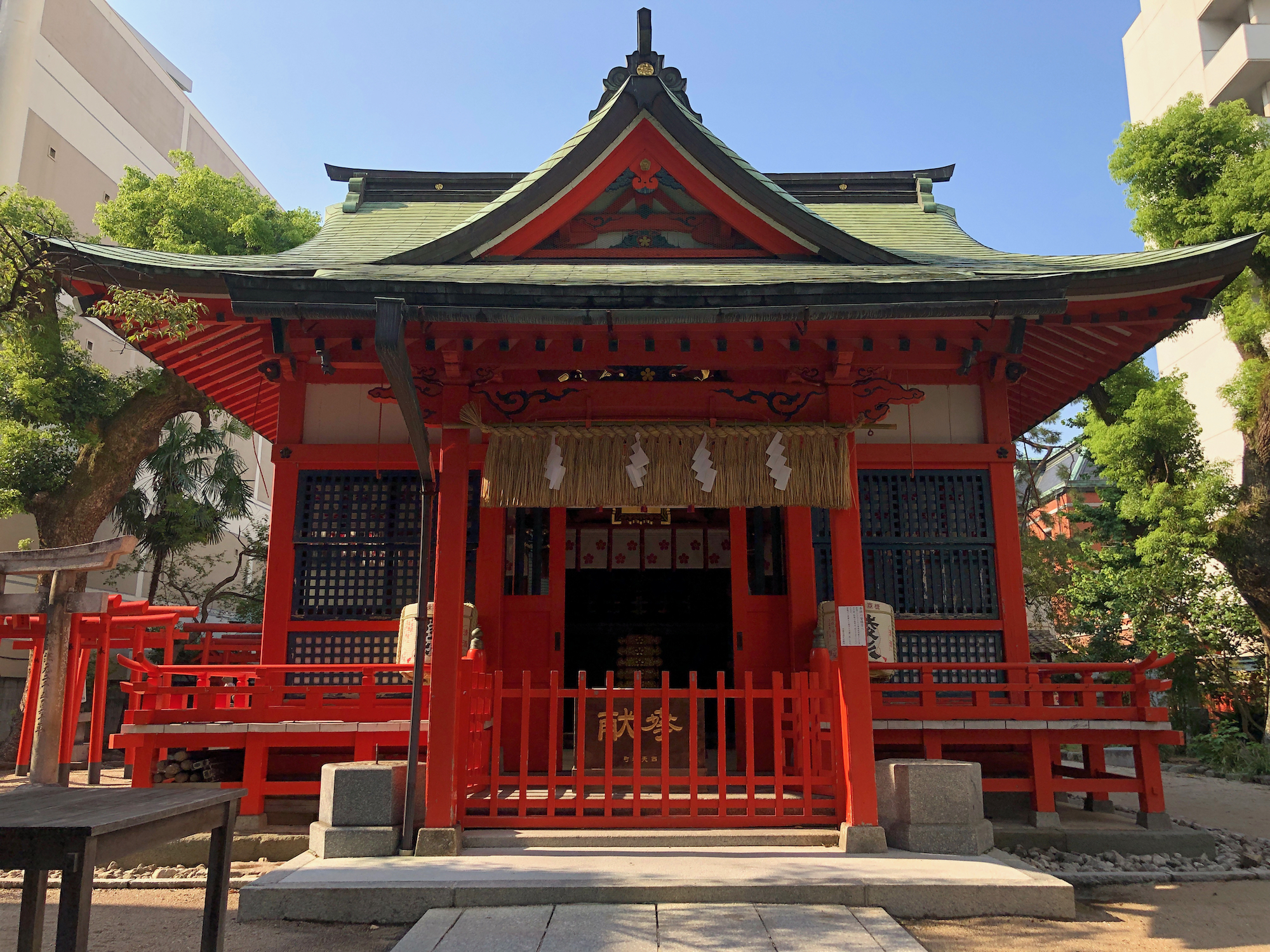In the fight against coronavirus, some in Japan are pulling out all the stops. Kyodo reports that a temple in Kyoto recently held the Kitano Goryoe, a Shinto-Buddhist rite which hasn’t been held since since 1467. The rite originates to the 10th century, and was meant to appease Tenmantenjin (Tenjin for short), a raijin or thunder god, who rained down all sorts of terrible upon Kyoto in 903. I want to take a moment to explore a little of the history of Tenjin as I have been running into him quite often recently.

It all starts with the story of Sugawara no Michizane (845-903), a minister in the Heian Court, and a prodigy. He came from a family of scholars and was an accomplished poet. He held a number of posts including professor of literature for ten years and governorship of Sanuki province (modern day Kanagawa) for four. After that governorship he returned to Kyoto and was promoted to high court by the Emperor, who was trying to beat back Fujiwara influence in Heian at the time. In 901 Sugawara was outmaneuvered by the Fujiwara, who accused him of plotting against the throne, and he was stripped of all his offices by the new Fujiwara-backed Emperor and sent to Kyushu, far away from all the action in Kyoto.
Being “exiled” to the frontier lands of Kyushu was very disappointing for Sugawara Michizane. He made the long journey to Dazaifu, the seat of the Japanese government in the West at the edge of the Japanese realm, where he spent the next couple of years writing poetry protesting his innocence and lamenting his fate at being relegated to irrelevance. Within two years he died, age 58.
A few months later heavy rains started pouring in the capital of Kyoto. Lightning ravaged the city. Many Fujiwara clanspeople died and their houses burned to the ground by the lightning. Putting two and two together, the court appealed to the Emperor who destroyed the original exile letter of Sugawara Michizane, restored all of his offices, and then deified him as Tenjin, or Sky God.

Although a thunder god, eventually Tenjin became worshipped as a deity of poetry, scholarship, and letters, in respect to the skills of Sugawara Michizane.
Kitano-tenmangu shrine was built in 947 and backed by the government as an insurance policy against future pandemics. This is a very prominent shrine in northern Kyoto that I would pass through nearly every day on my commute when I worked at Ritsumeikan University many years ago. I have been to many festivals and events there.
Last week I was in Fukuoka, where I came upon Suikyō Jinja (水鏡神社), “Water Mirror Shrine”, built on the location where Sugawara was said to have stopped to use the local water to look at his face. Later a shrine was built there and dedicated to Tenjin, and it is said this is where the name of Fukuoka’s downtown core neighbourhood came from (I am talking about Tenjin, obviously).

Sugawara Michizane’s grave is located near Dazaifu, the seat of the old western government where he died. On his gravesite is now is the sprawling Dazaifu Tenmangū, a shrine dedicated to Tenjin.

Below is a video from last week I took of the walk from Dazaifu station, through a fairly empty shopping street, and into Dazaifu Tenmangū where a prayer ceremony is being held.
Near the Tenmangū is a museum that has many artefacts related to Sugawara Michizane, including what is said to be his carrying sword, which has been handed down to the head priest of Dazaifu Tenmangu for generations.

Note the distinct ship of the grip. This is known as a “tweezer shaped handle” sword (毛抜形太刀) and is representative of swords in that era, before the invention of the famous Japanese katana.
The news of priests in Kyoto invoking Tenjin at a temple I visited often in my twenties, stood out to me as I am here in Kyushu seeing his legacy first hand in my forties. History, whether mythical or personal, has a way of coming around. Here’s to Tenjin helping us all with coronavirus. 🙏 ⛩️

